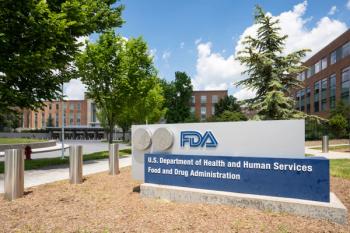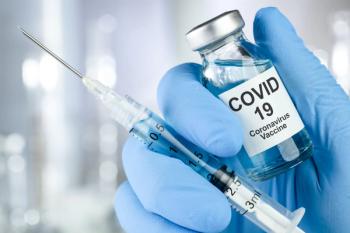
Extreme Heat Raises Mortality Risk for Veterans With Cardiometabolic Disease
Key Takeaways
- EHEs increase mortality risk for veterans with cardiometabolic conditions, with odds rising 10% to 18% during heat events.
- Veterans in socioeconomically vulnerable areas and those experiencing homelessness face higher mortality risks during EHEs.
A case-crossover study found that extreme heat increased mortality between 10% and 18%, with higher risks in vulnerable groups.
As extreme heat events (EHEs) intensify across the western US, new evidence shows they pose a significant mortality risk for veterans living with
Published in
Researchers tested heat thresholds at the 90th, 95th, and 97.5th percentiles of historical temperatures; extreme heat days accounted for 12.6%, 6.9%, and 3.8% of zip-code days, respectively. EHEs were categorized based on how many days the extreme heat lasted, from 1 to 4 days.
Higher Odds of Mortality Across the Board
Across all thresholds, EHEs were significantly associated with higher mortality. At the 95th percentile threshold, for example, veterans had:
- 11% higher odds of mortality with same-day events
- 10% higher odds with 2-day events
- 14% higher odds with 3-day events
- 11% higher odds with 4-day events
At the 97.5th percentile threshold, EHEs remained significantly associated with mortality, with odds increasing across the board. With a 90th percentile threshold, multiday EHEs remained significantly associated with mortality, but same-day EHEs did not.
“Effect estimates seemed to decrease slightly for 4-day heat waves compared with 2- and 3-day heat waves, possibly due to veterans seeking assistance during prolonged heat waves,” the study authors said. “Our findings are in keeping with other studies that have demonstrated increased risk of mortality during EHEs, although no prior studies have specifically investigated all-cause mortality among veterans with cardiometabolic disease, and are likely generalizable to nonveterans with underlying cardiometabolic disease.”
Increased Risk for Veterans in Vulnerable Social Conditions
Although subgroup differences did not reach statistical significance, the effect estimates were consistently larger for veterans in socioeconomically vulnerable areas. Veterans living in neighborhoods in the highest quartile of the Area Deprivation Index (ADI) experienced notably higher odds of death during heat events. For example, at the 95th percentile, 3-day EHEs were tied to 12% increased odds of death in lower ADI neighborhoods, but the odds more than tripled to 44% for veterans in high ADI neighborhoods.
Among the 15% of veterans who had ever experienced homelessness, heat-related mortality risks were elevated across all thresholds. At the 95th percentile, veterans who experienced homelessness were twice as likely to die after 3-day EHEs (25% increased odds) compared with their peers who did not (12%). At the 97.5th percentile, veterans who experienced homelessness had up to 36% higher odds of mortality. Although these differences were not significant, the large gaps suggest
“This could be due to lack of adequate shelter and overexposure to heat during EHEs or other risk factors with relatively high prevalence in this population, including substance use disorders and psychiatric disorders,” the authors said. “The higher mortality trend among veterans in high ADI, compared with lower ADI, neighborhoods could be due to the built environment (eg, urban heat effects, limited access to health services) or individual economic vulnerability leading to limited air conditioning access during extreme heat.”
Native Hawaiian and other Pacific Islander veterans had noticeably higher effect estimates than White veterans, even though their sample size was small and their comorbidity profiles were similar. Beyond this group, the study did not find consistent differences across racial and ethnic categories.
These findings build on prior research showing that
References
- Shannon EM, Chen L, Yuan A, et al. Extreme heat, social factors, and mortality among California veterans with cardiometabolic disease. JAMA Netw Open. 2025;8;(11):e2545524. doi:10.1001/jamanetworkopen.2025.45524
- Melillo G. Extreme heat waves linked with higher US mortality, particularly among elderly, Black individuals. AJMC®. May 19, 2022. Accessed November 25, 2025.
https://www.ajmc.com/view/extreme-heat-waves-linked-with-higher-us-mortality-particularly-among-elderly-black-individuals
Newsletter
Stay ahead of policy, cost, and value—subscribe to AJMC for expert insights at the intersection of clinical care and health economics.









































